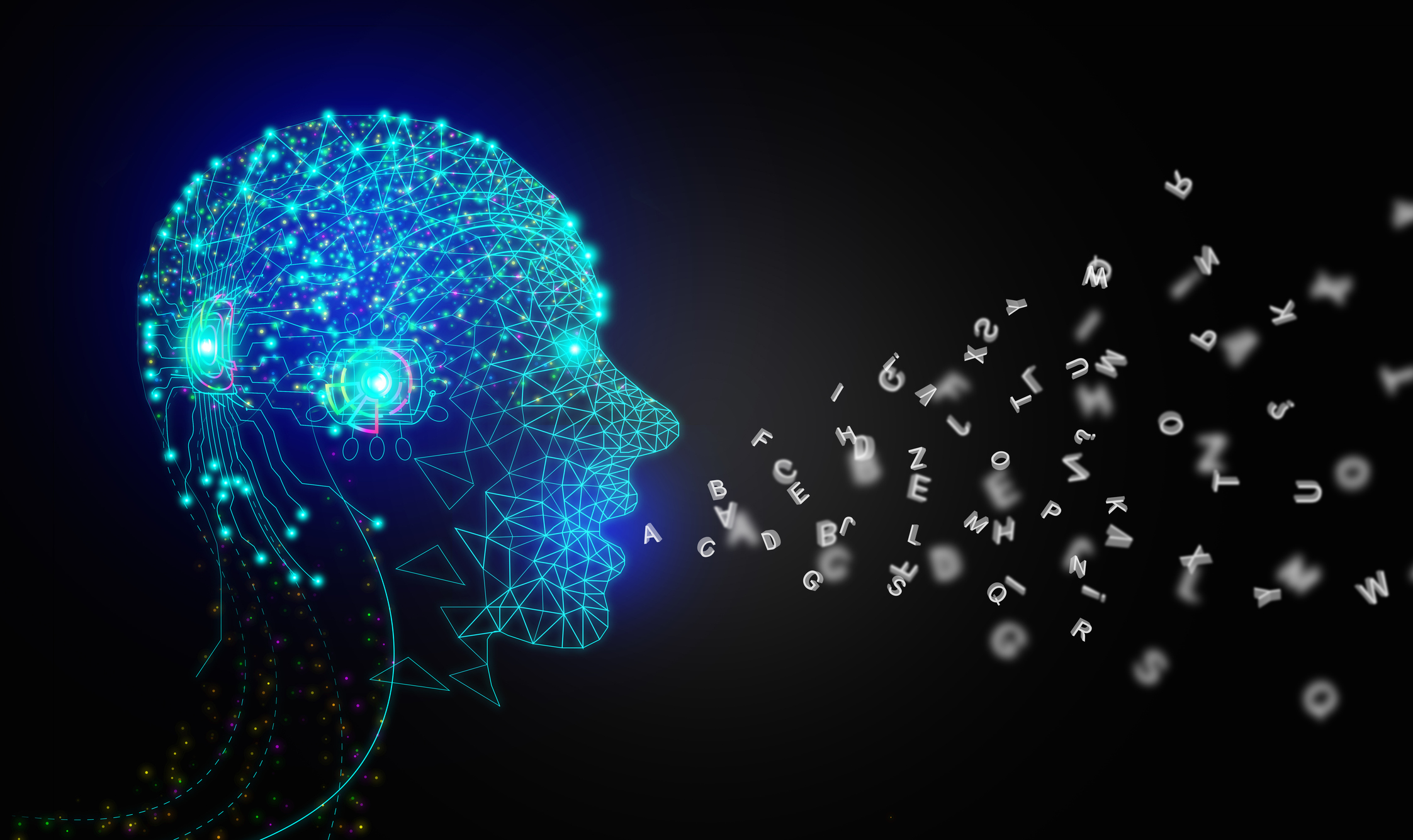Drawings, as technical documents used in fields such as engineering, machinery, and equipment to illustrate requirements for structures, shapes, dimensions, and so on, are they simple to translate? What needs special attention during the translation process? The following will provide you with detailed answers.
1.Deeply understand the essence of the drawings
Drawings serve as the compass for engineering; any minor deviations can have significant impacts. During translation, discrepancies between the content and the original drawings can delay project progress at best and may lead to safety accidents at worst. Therefore, translators need to carefully review the drawings to ensure a comprehensive and accurate understanding of their essence. This includes identifying various symbols, annotations, and instructions in the drawings and understanding their professional meanings.
2.Ensure precise translation of professional terminology
The translation of professional terminology in drawings is crucial. Since drawings in different fields may involve their unique terminology and symbols, translators need to possess professional knowledge in the relevant fields to ensure precise terminology translation. Meanwhile, attention should also be paid to the consistency and standardization of terminology to avoid multiple different expressions in the translation.
3.Maintain the original format and layout of the drawings
Maintaining the format and layout of drawings is essential during translation. This includes graphical symbols, annotations, tables, and the arrangement and proportions of graphics. Any changes to the format and layout may affect the accuracy and readability of the drawings. Therefore, translators need to pay special attention to this point.
4.Accurate translation of abbreviations and numbers
Abbreviations and numbers are often used in drawings to represent specific processes, component dimensions, and other information. During translation, translators need to ensure the accuracy and consistency of these abbreviations and numbers.
5.Choose a professional translation team
Given the high requirements for the professionalism and accuracy of drawing translation, choosing a translation team with rich industry experience and professional knowledge is crucial. A professional translation team can accurately understand and convey the professional terminology in the drawings, ensuring translation quality and accuracy.
6.Strict proofreading and correction
After the drawing translation is completed, strict proofreading and correction are required. Proofreaders should have extensive proofreading experience and professional knowledge to identify and correct errors and omissions in the translation. Meanwhile, attention should also be paid to the accuracy of terminology, the maintenance of drawing formats, the fluency and accuracy of language expression, and the consistency and standardization of translation.
In addition, our company places equal emphasis on after-sales service. We provide translation services strictly according to industry standards and contracts and maintain contact with clients after project completion. If clients have any dissatisfaction with the translation quality, we offer free modification or optimization services. After project completion, we will also issue invoices and other payment vouchers according to client needs to ensure client rights. If clients encounter any issues during use, they can communicate with us at any time for resolution.











